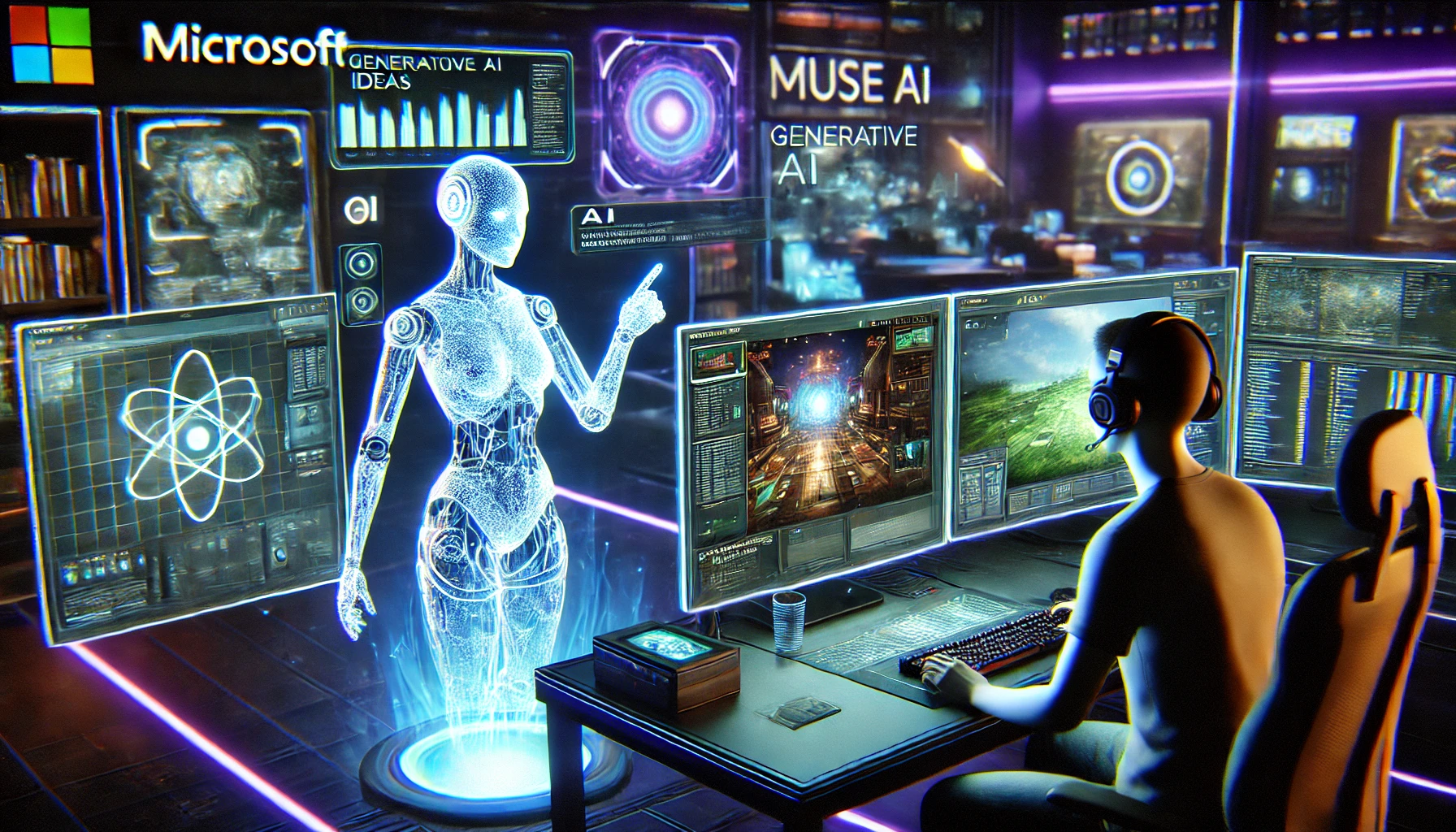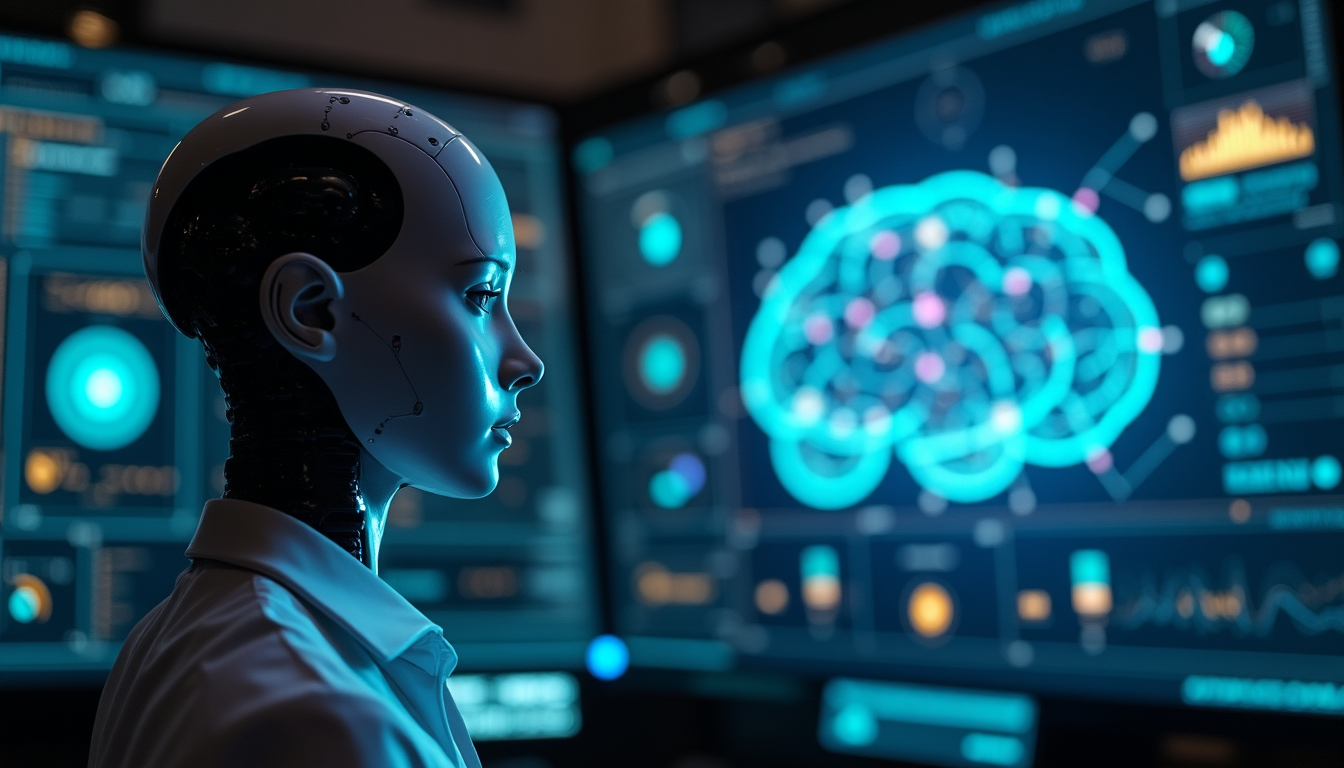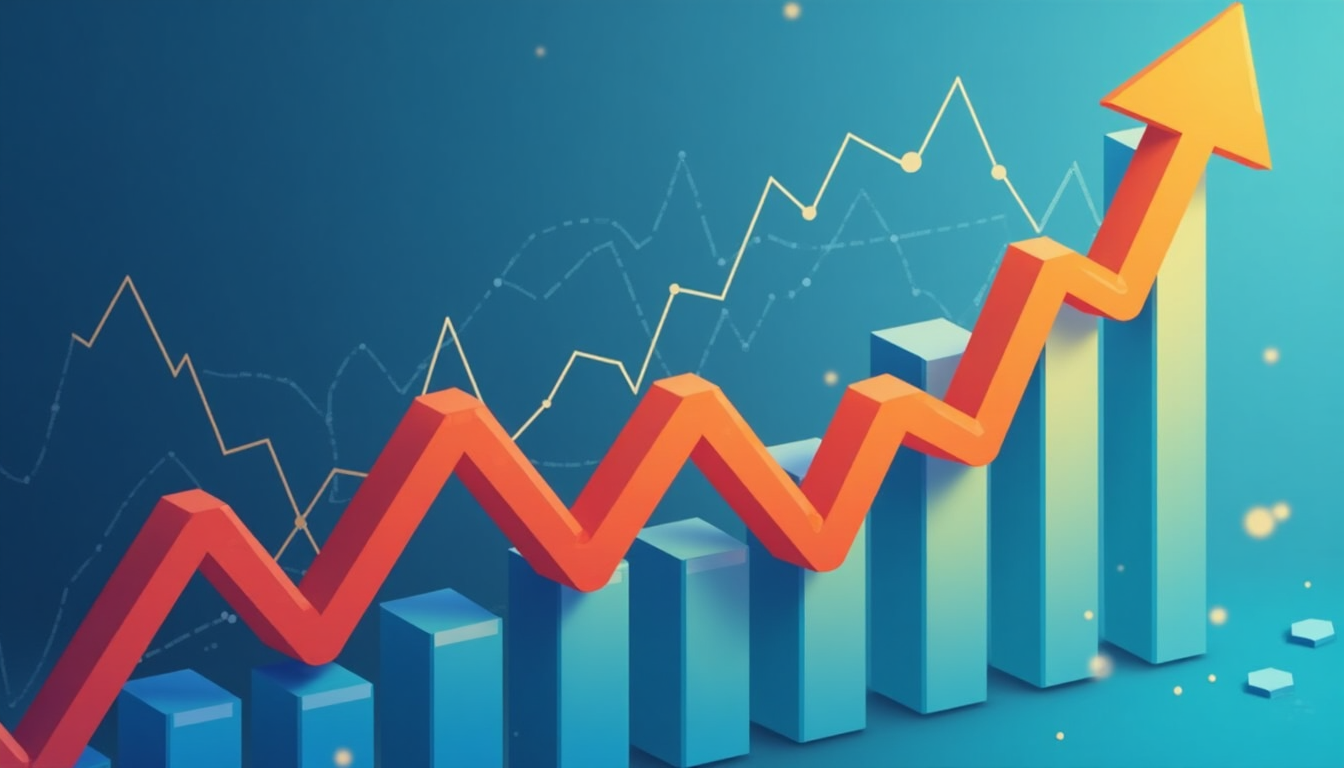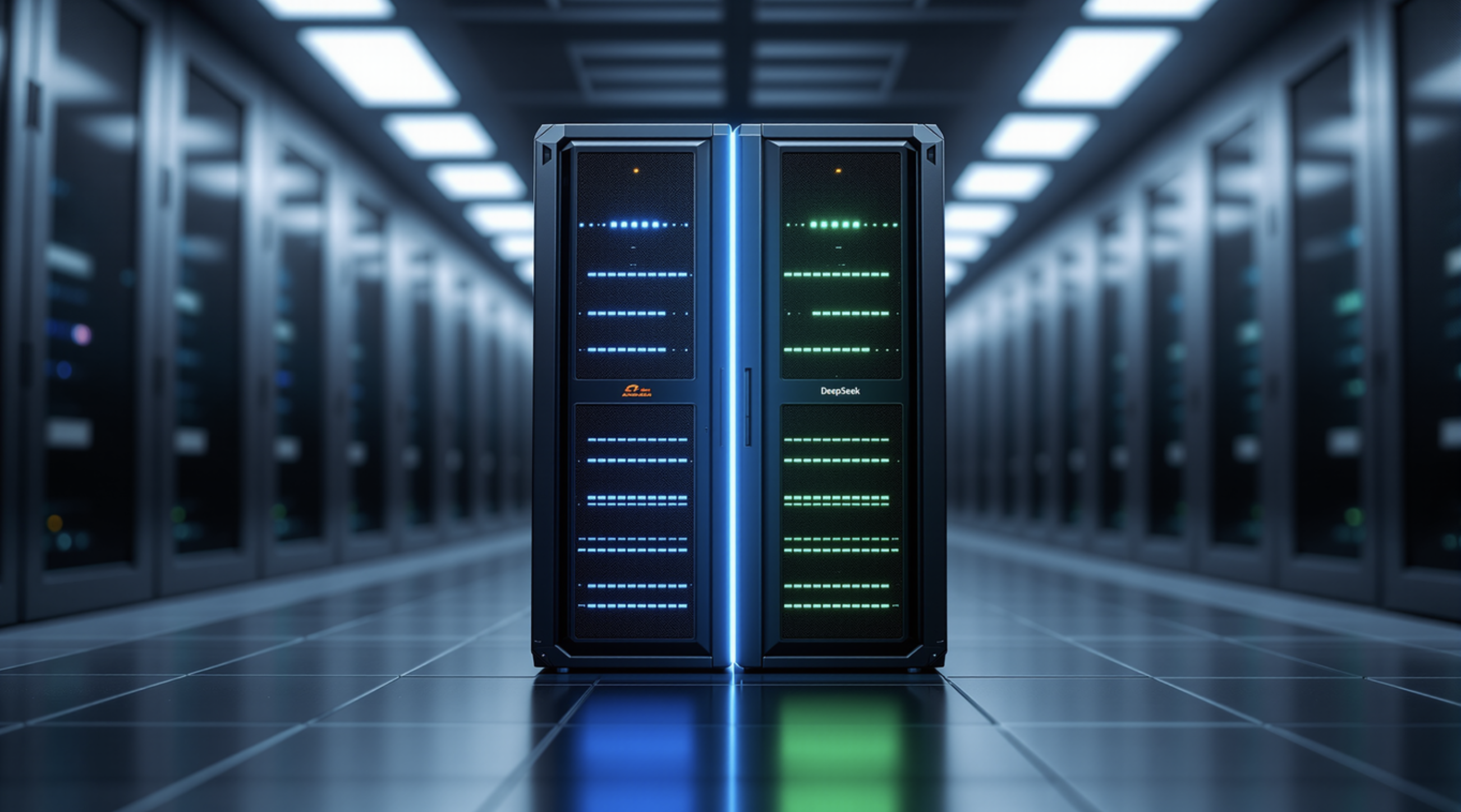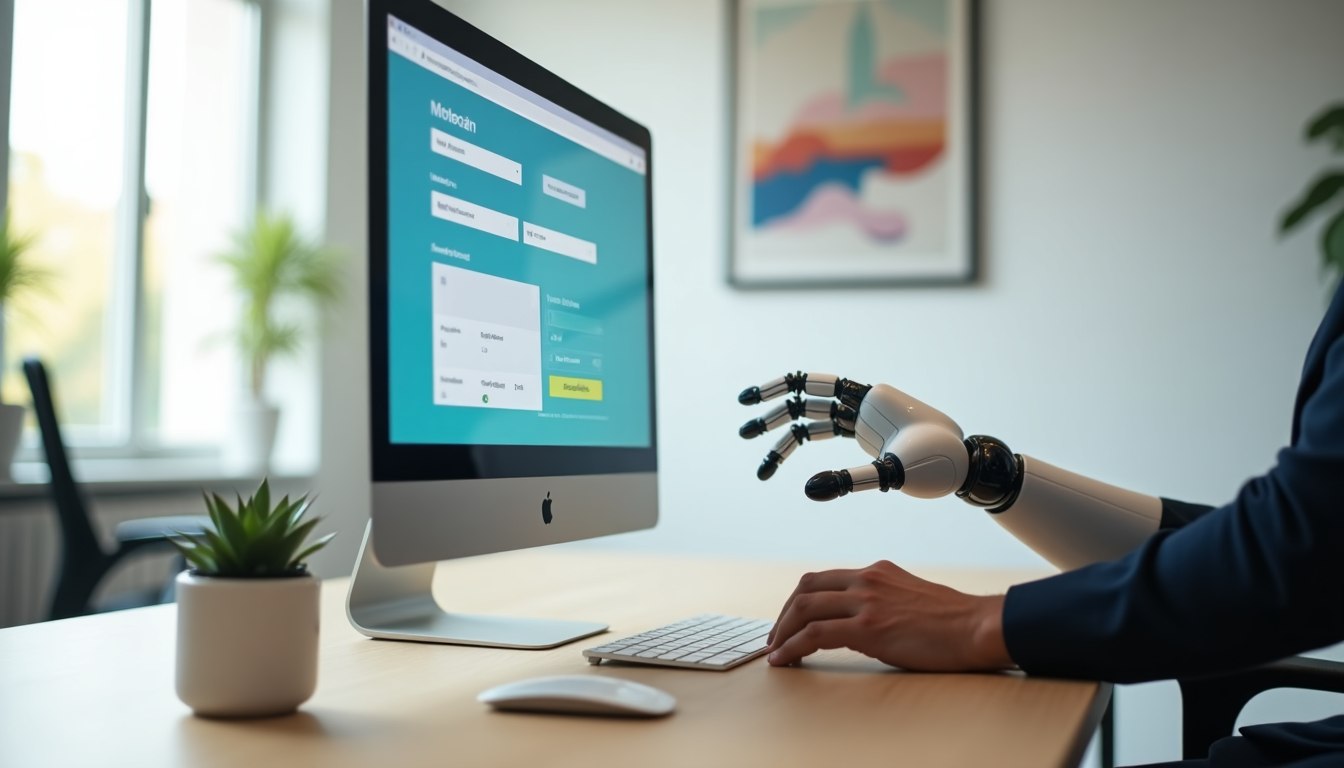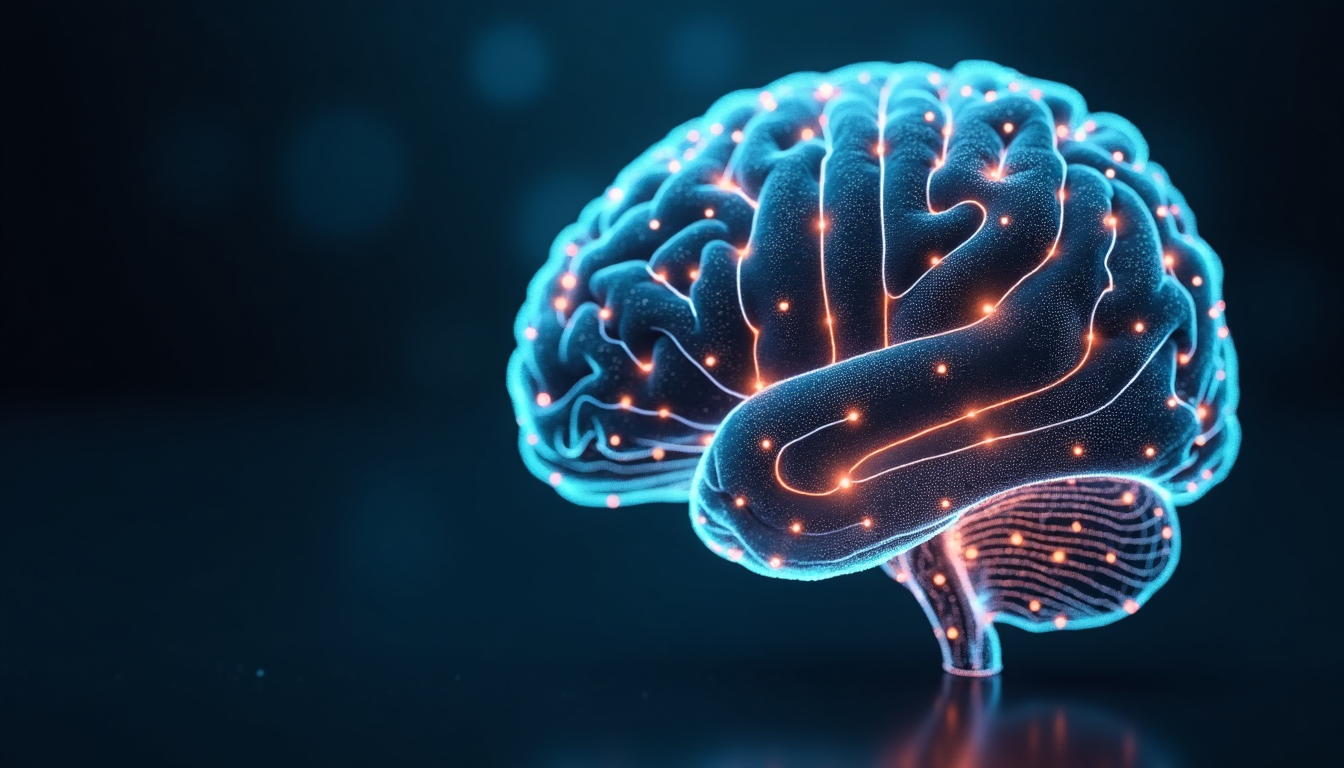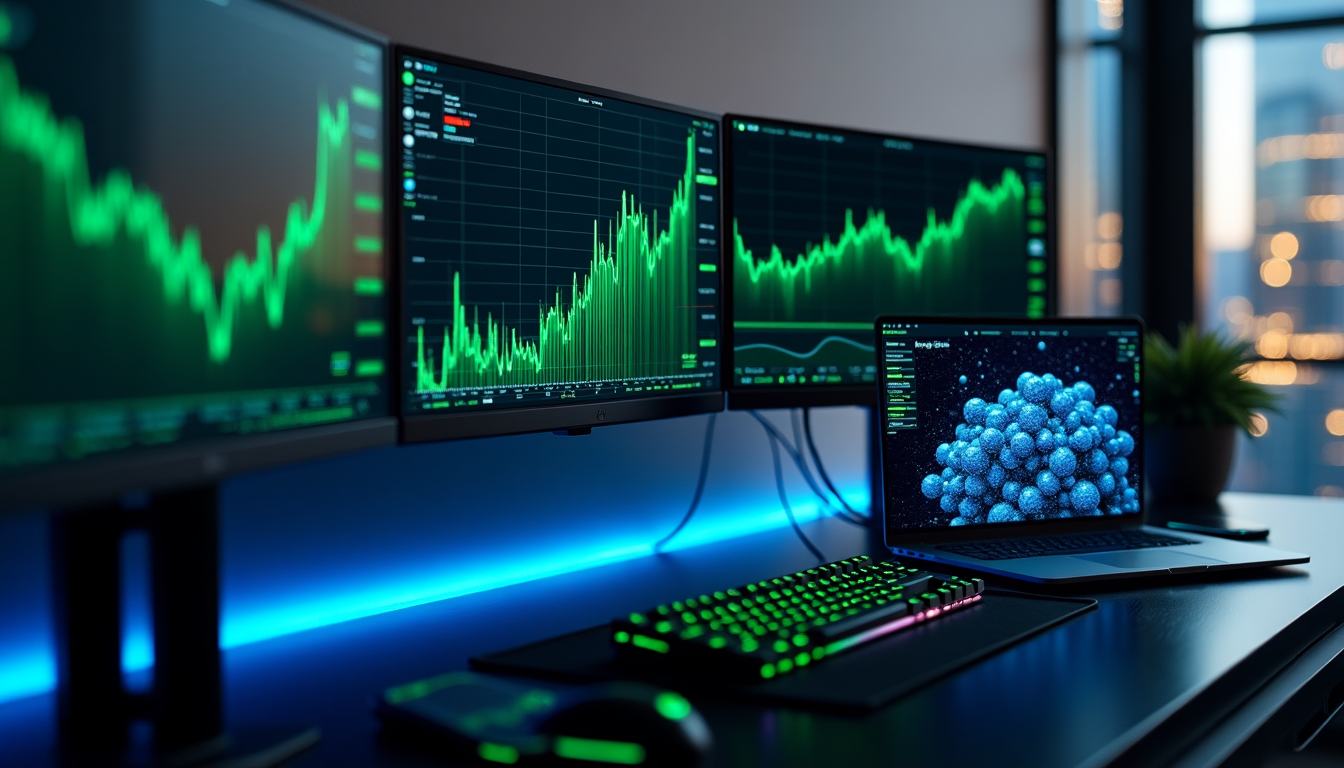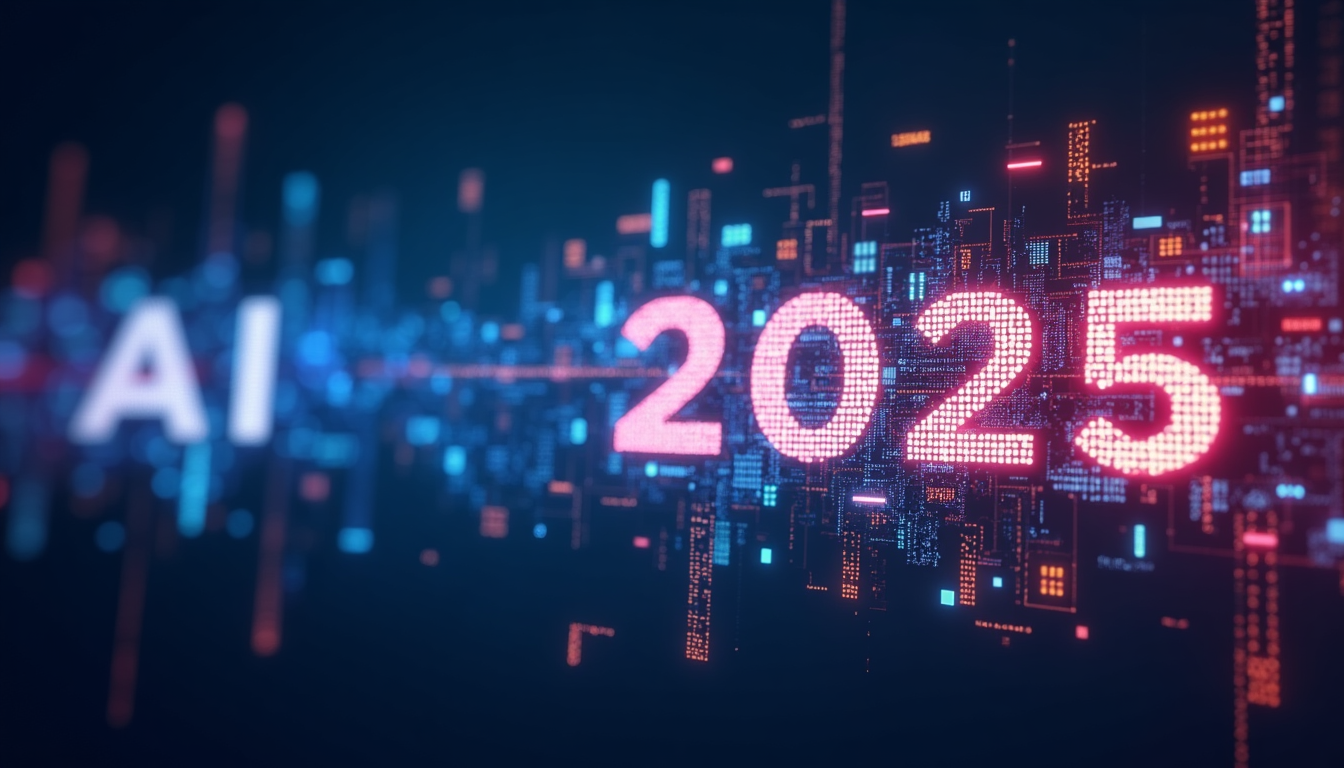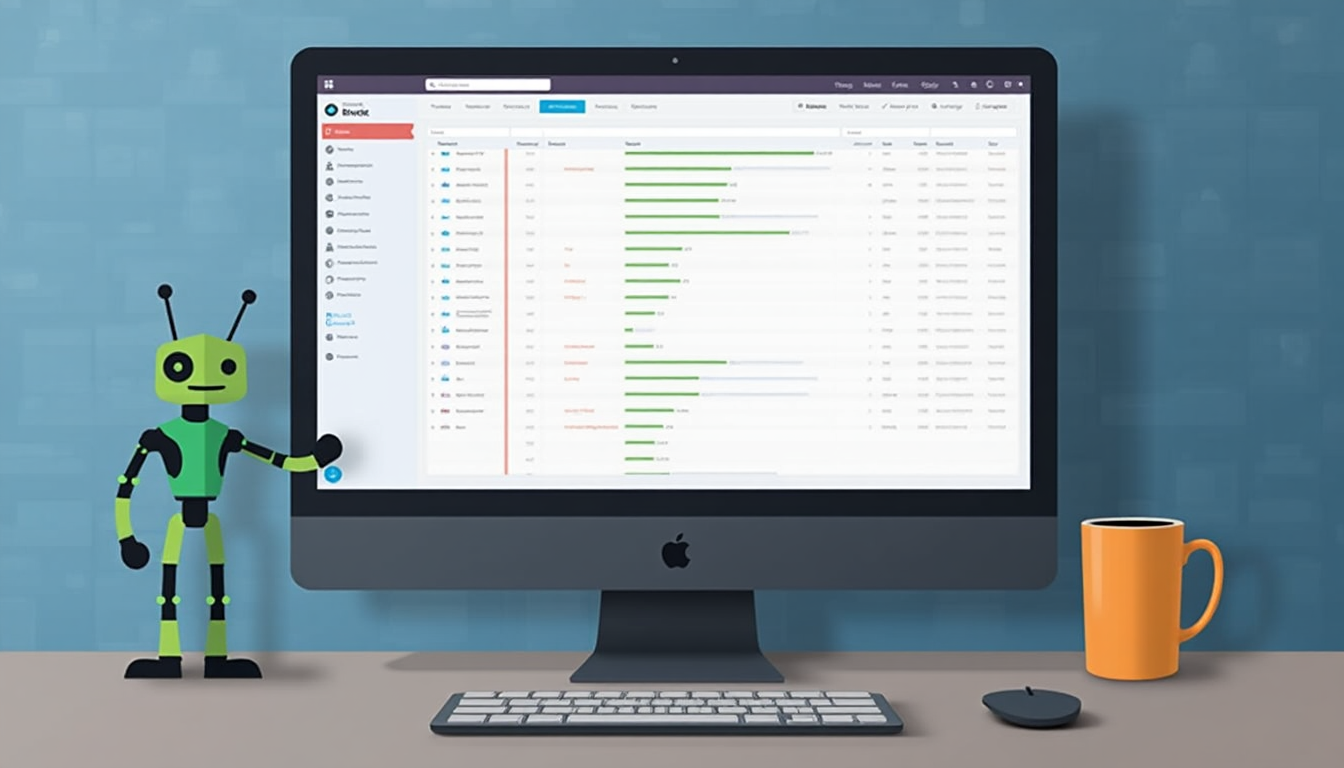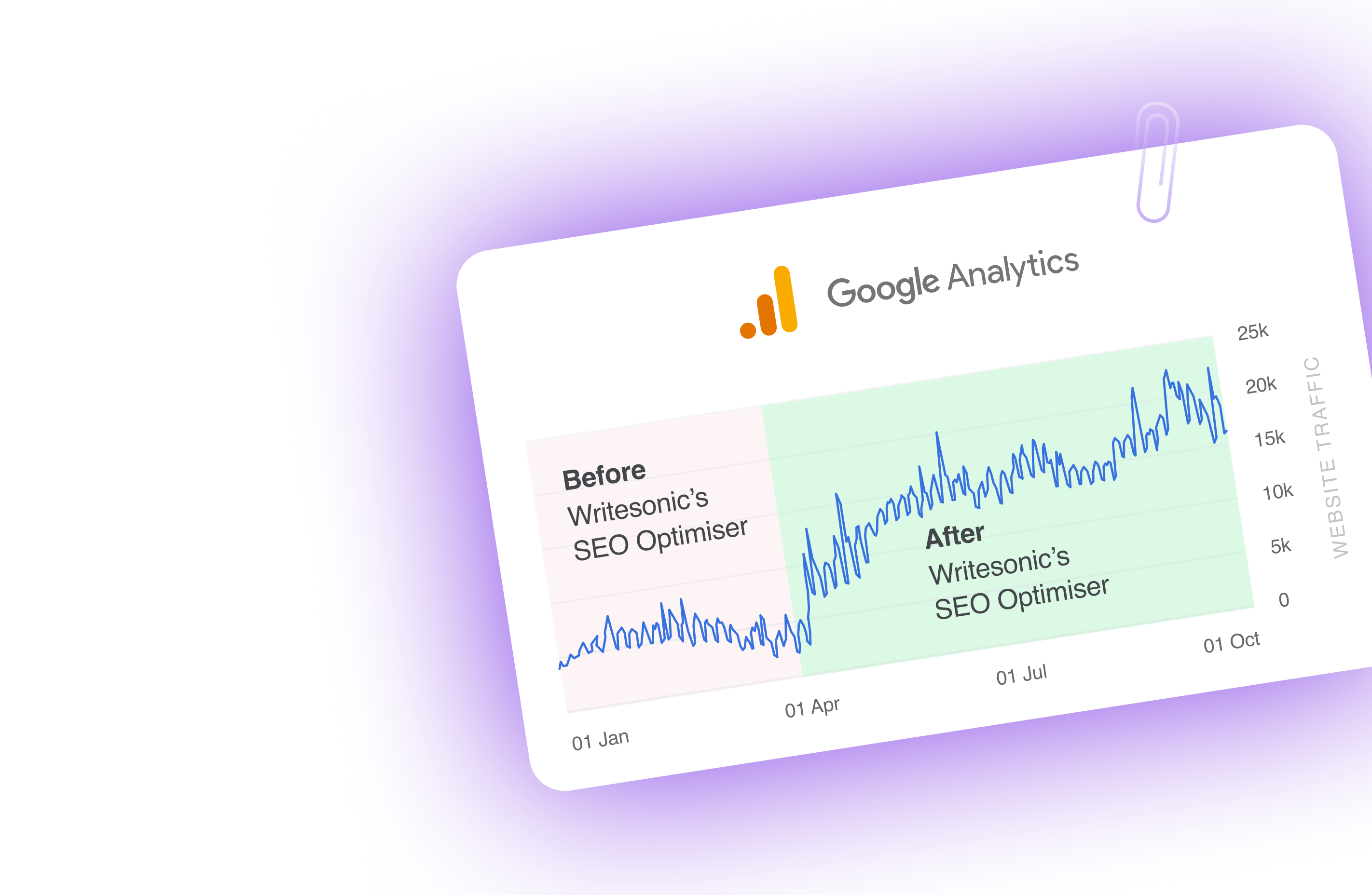Elon Musk’s xAI has taken another giant leap forward with the unveiling of Grok 3 AI, its latest and most advanced artificial intelligence model yet. Grok 3 is setting new standards by combining enhanced computational power, innovative reasoning capabilities, and a keen focus on transparency.
With comparisons being made to other industry players such as DeepSeek and OpenAI, this new release not only redefines what modern AI can accomplish but also changes the competitive ongoing AI race.
What’s New in Grok 3?

Grok 3 is being hailed as a breakthrough in AI development.
Building on the foundations laid by its predecessor, Grok 2, this new model has been developed with a tenfold increase in processing power thanks to an infrastructure supported by nearly 200,000 GPUs. This immense boost means that Grok 3 can handle vastly more complex tasks, delivering responses that are both faster and more accurate than ever before.
Its design emphasizes a balance between rapid response and deep analytic capability, aiming to provide users with a tool that resonates well with an increasingly data-driven world.
What makes Grok 3 stand out is its innovative dual-mode operation.
Its “Think Mode,” is designed for real-time reasoning. This allows the AI to respond quickly to inquiries and run through elaborate problem-solving steps almost instantaneously. It also offers a “Big Brain Mode” which is tailored to handle computation-intensive tasks, ensuring that even the most challenging queries are dealt with efficiently.
Standout Features and Ease of Use
The advancements in image analysis within Grok 3 are particularly noteworthy. The model can interpret visual data with high precision, describing images and graphs in ways that are simple to understand. This has significant implications for sectors such as digital media and scientific research, where visual data plays a crucial role.
Moreover, Grok 3 has been designed to handle intricate queries. Whether it is a detailed explanation of a scientific phenomenon or a complex coding problem, Grok 3’s architecture ensures that the output is both relevant and insightful.
Grok 3 has also made waves with its impressive performance in various AI benchmarks:
- It’s the first AI to score over 1400 on the Chatbot Arena, a significant milestone in AI testing that showcases its superior reasoning capabilities, setting it apart from many other existing models.
- The model shows superior performance in reasoning tasks, outpacing competitors like DeepSeek’s R1, OpenAI’s deep research AI agent, and Google’s Gemini 2.0 update.
- Grok 3 particularly shines in technical domains, demonstrating strong capabilities in math, science, and coding tasks.
One of the major highlights of Grok 3 is its DeepSearch tool. DeepSearch has the ability to access and analyze a vast array of data, including the latest information available on the internet and real-time data from X. This feature is particularly useful for professionals who require up-to-the-minute insights combined with comprehensive background context.
The integration of DeepSearch into Grok 3 means that users can expect a richer, more detailed output when performing complex research tasks. Although the tool sometimes shows room for improvement—especially when it comes to citation accuracy—it represents a significant stride towards more transparent and self-aware AI models.
💡 Learn about: OpenAI Releases Deep Research AI Agent Powered by o3 Model
Comparing Grok 3 with DeepSeek
When pitted against DeepSeek, Grok 3 clearly demonstrates its strengths.
Both models offer robust performance on general language tasks, but Grok 3 has proven to be superior in areas that require deep reasoning. For example, in tasks involving intricate problem-solving and the creation of complex data representations like hex grids, Grok 3 has consistently outperformed DeepSeek.
One key difference lies in real-time information processing.
Grok 3 benefits from its connection to the X platform, offering a dynamic edge in accessing and incorporating current events and trends, whereas DeepSeek primarily relies on static data sets. While both models handle general tasks efficiently, the platform’s advanced reasoning modes provide it with the ability to verify and correct information almost on the fly, a feature that is particularly valued among expert users.
💡 Check out: 7 Best DeepSeek Alternatives You Should Try in 2025
Expert Reviews and Opinions
Feedback from the AI community has played a crucial role in understanding Grok 3’s potential.
Figures such as Andrej Karpathy have lauded Grok 3 for its “state of the art” reasoning capabilities in a recent Tweet, particularly when it comes to solving complex coding problems. Despite these high praises, some experts have pointed out that Grok 3 still has certain limitations—occasionally producing errors in factual accuracy or generating URL hallucinations within its responses.
Ethan Mollick and other industry analysts have mentioned that while the platform is a formidable model in its own right, it may not yet be enough to cause a mass migration of users from established platforms such as those offered by OpenAI.
Grok 3 is definitely a strong contender in the current AI arms race, but the competition remains fierce, urging continuous innovation and improvement.
Market Impact and Future Prospects
The introduction of Grok 3 comes at a time when the AI market is witnessing rapid advancements across multiple fronts. xAI’s decision to make the update available exclusively to X Premium+ subscribers has sparked discussions on accessibility and the potential impact on market competition.
Although this approach may create some hurdles for widespread adoption, it also positions Grok 3 as a premium tool with a focus on top-tier performance.
Looking ahead, the roadmap for Grok 3 appears promising.
xAI has plans to integrate voice capabilities and eventually open-source previous models such as Grok 2. These enhancements could democratize access to advanced AI technology over time, potentially reducing the digital divide that currently exists between high-end and more accessible AI solutions.
Grok 3’s performance in specialized fields such as scientific research, coding, and data analysis paves the way for its application in professional settings. As more industries begin to rely on AI for decision-making and strategic planning, models like Grok 3 could play a pivotal role in transforming how data is interpreted and used to drive progress.
As technology continues to evolve, Grok 3 stands as a testament to the rapid progress in the field of artificial intelligence. It provides a glimpse into a future where machines do not just process data—they think, reason, and learn in ways that are increasingly human-like. The journey of Grok 3 is just beginning, and its impact on both the market and the broader AI landscape will likely be profound in the years to come.





